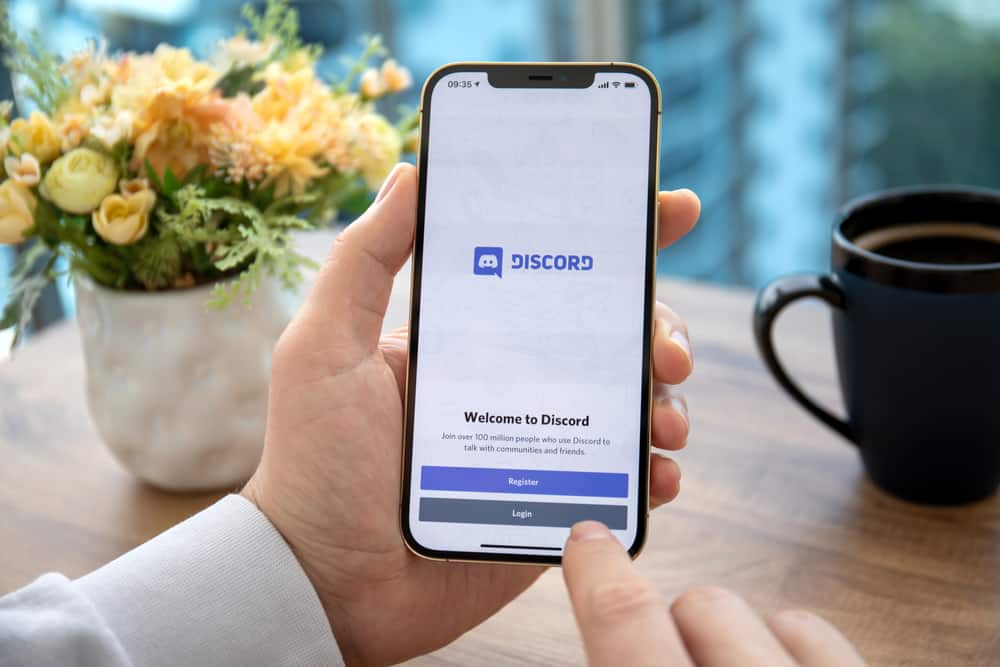
Discord is a chat platform that has grown in popularity recently.
It’s an excellent tool for creating communities and connecting with like-minded individuals.
However, despite its many benefits, it’s common for Discord servers to become inactive and eventually die off, which can be frustrating and demotivating for you, the server owner, and other members.
So, why is your Discord server dead?
Your Discord server might be inactive or dead for several reasons, such as lack of engagement, poor server management, absence of the server owner, poor quality of content, and poor organization and channel management.
In this article, we’ll look into some of the most common reasons Discord servers die and suggest strategies to revitalize them.
Reasons Why Your Discord Server Is Dead
Here are a few common reasons why your Discord server might not be as active as you’d like it to be.
Reason #1: Lack of Clear Purpose or Direction
A lack of clear purpose or direction can contribute to a Discord server being dead in several ways:
- Poor Engagement: Your members may not feel motivated to participate in conversations or activities without a clear purpose or direction. They may not see the value in staying active on the server and may eventually lose interest and stop engaging.
- Confusion: Members may need clarification on what the server is about or what they are supposed to do on the server. This confusion can lead to disinterest or frustration, which can cause them to leave.
- Complete Inactivity: Without a clear purpose or direction, your server may become stagnant, with very few or no new topics or activities being introduced. This lack of activity can cause members to lose interest and eventually stop visiting the server altogether.
- Lack of Community: A clear purpose or direction can help create a sense of community on the server. Without this, your members may not feel connected to each other and may not feel motivated to stay active on the server.
If you want to combat these issues, it’s crucial to establish a clear purpose and direction for your Discord server.
This can involve setting clear rules and guidelines, defining the types of conversations and activities that are encouraged, and regularly introducing new topics and activities to keep members engaged.
You can build a vibrant and active community on your server.
Reason #2: Inactivity or Absence of the Server Owner or Administrators
This can cause the death of a Discord server in the following ways:
- Lack of moderation: Without active moderators or administrators, your Discord server can quickly become a breeding ground for spam, harassment, and other inappropriate content. This can drive away existing members and discourage new members from joining.
- Lack of updates: If you, as the server owner or other administrators, are inactive, the server may not receive regular updates, such as new channels or roles, making the server feel stale and uninteresting.
- Technical issues: As an inactive server owner or administrator, you may not be aware of the technical issues with the server, such as faulty bots or security vulnerabilities. This can lead to frustration among members and put the server at risk.
To ultimately prevent the server from dying out, the server owner or administrator must remain active and engage with the community to ensure the long-term success of the server.
Reason #3: Poor Organization and Channel Management
When there’s no clear organization or structure, it can be difficult for your members to understand where to find the information they need or where to engage in conversations.
This might lead to their frustration and disorientation, which can ultimately cause them to lose interest in the server.
Some members may engage in off-topic discussions or post irrelevant content without clear guidelines or designated channels. This can be disruptive to other members and cause the quality of conversations on the server to decline.
When channels are disorganized, it can be challenging for moderators to keep up with the conversations and ensure that rules are followed.
This can lead to burnout or frustration among your moderation team, which can ultimately cause the server to become less well-managed.
Reason #4: Poor Content Quality
Poor quality content can lead to a decline in engagement, retention, and reputation, which can ultimately cause the death of your Discord server.
You need to ensure that the content being shared on your server is of high quality and aligns with the interests and preferences of your members.
Reason #5: Competition From Other Servers
If your server is too similar to another server, it may be difficult for members to see the unique value that your server offers.
This can result in members leaving your server to join the other server, especially if the other server is more established or has a larger community.
It’s essential to focus on what makes your server unique and valuable and to actively engage with your community to keep them interested and active to avoid these issues.
You can collaborate with servers with similar themes or interests to build a larger community rather than seeing them as competitors.
Consider reaching out to your members for feedback and ideas on improving the server, and be open to making changes to help re-engage your community.
Conclusion
Having a dead Discord server can be disheartening, but several potential reasons exist for this outcome.
The server may need more engagement or exciting content. Alternatively, the server’s moderation policies or social norms may turn people away.
It is essential to identify the root cause and take the appropriate steps to address it if you want to revive a dead Discord server.
It may include rethinking the server’s purpose and content, improving engagement, or adjusting moderation policies.
With effort and patience, a once-dead Discord server can be transformed into a thriving community that fosters valuable connections and interactions.











